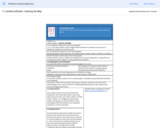
An engaging lesson using Dash robot to help students identify and describe different attributes of landforms.
- Subject:
- Applied Science
- Computer Science
- Social Studies
- Material Type:
- Activity/Lab
- Date Added:
- 03/17/2023

An engaging lesson using Dash robot to help students identify and describe different attributes of landforms.
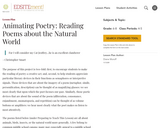
The purpose of this project is two-fold: first, to encourage students to make the reading of poetry a creative act; and, second, to help students appreciate particular literary devices in their functions as semaphores or interpretive signals. Those devices that are about the imagery of a poem (metaphor, simile, personification, description) can be thought of as magnifying glasses: we see most clearly that upon which the poet focuses our gaze. Similarly, those poetic devices that are about the sound of the poem (alliteration, consonance, enjambment, onomatopoeia, and repetition) can be thought of as volume buttons or amplifiers: we hear most clearly what the poet makes us listen to most attentively.

Investigate engineering and create a working prototype using the design thinking process.

Students discover engineering and use the design thinking process to create prototypes to show their learning about engineering.
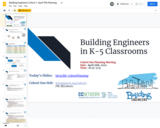
These are the slides that Cohort 1 folks utilized to generate ideas and make connections on 4/19/22.
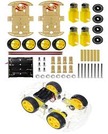
Design and build extensions onto the Driving Base and program it to complete two tasks. Students will learn and practice engineering and manufacturing techniques, cooperation and teamwork skills as they build and code an Autonomous Mobile Robot.
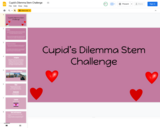
Students construct a bridge that will get Cupid to his destination and withstand all of his Valentines. They will build a bridge with only candy hearts and toothpicks.
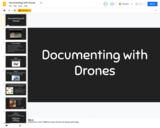
Each group will build a different building 2-level wing of the team's school in one day but can only use the materials provided to the team. Each wing must include several classrooms for drones to survey and land.

Students will have to decide and plan which items they want Dash to go after during a game demonstrating the effects of supply, demand, and scarcity.
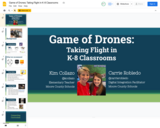
Presentation provides various ways teachers can incorporate drones into the 4 major disciplines of the curriculum.

In this lesson students work in collaborative groups to collect, represent, and interpret numerical data that they generate by using Sphero robots to knock down bowling pins!

Students will be asked to build a bridge that spans a “river” (a sheet of paper), with common building materials. The bridge needs to span the river without touching the “water”. It only needs to join together in the middle- it does not need to hold any weight (unless you decide to make the challenge more difficult).

Students will be asked to build a functional pencil box- one that can hold at least 4 pencils, with a lid that closes- that will also hold all pencils in when turned upside down. Students will work in groups of 2-4 and will test their pencil box at the end of the activity.

In this lesson, students will build a wall for Humpty Dumpty (a plastic egg) to sit upon- with the goal of building the TALLEST, SAFEST wall possible in a limited amount of time. Students will not only need to collaborate well in their design but also utilize good teamwork as they build quickly due to the time constraint. Humpty must stay safe at the top of the wall when time is called.

Sam the worm was out sailing and his boat capsized! Students will be given a gummy worm (Sam), a gummy life saver (the life preserver), a cup, and paper clips. Their task is to get Sam into his life preserver and back into his boat prior to time expiring.- all while using just one paper clip for each group member and not letting Sam fall into the water (ie, they can’t drop Sam). Also, Sam’s boat (the cup) must be flipped back over so he can be safe inside once more.

In this lesson, students will build as tall of a tower as possible using just 20 strands of spaghetti and marshmallows. The tower must be able to stand freely without any assistance at the end of the creation phase.

Students will be tasked with building a structure that can hold as many books as possible, at least 4 inches off of the desk/table. After planning and creation, groups will be able to add as many books as possible until their structure finally collapses.
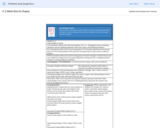
Students will use bots (Sphero Indi or Beebots) to make a shape demonstrating not only their understanding of the attributes of shapes but of the technology required to apply it.

Make a map that leads to a new continent. Students will code a Sphero to travel the path of the map.

To create a map that leads to a new “imaginary” continent. Then students will code spheros to travel a route they created.
Driving Question: Reading The Last Mapmaker, by Christina Soontornvat students will learn about what goes into making a map of a new territory. Student will take that new knowledge about the importance of map making vs. blindly following GPS
How did people get from one place to another before GPS and how do people create maps